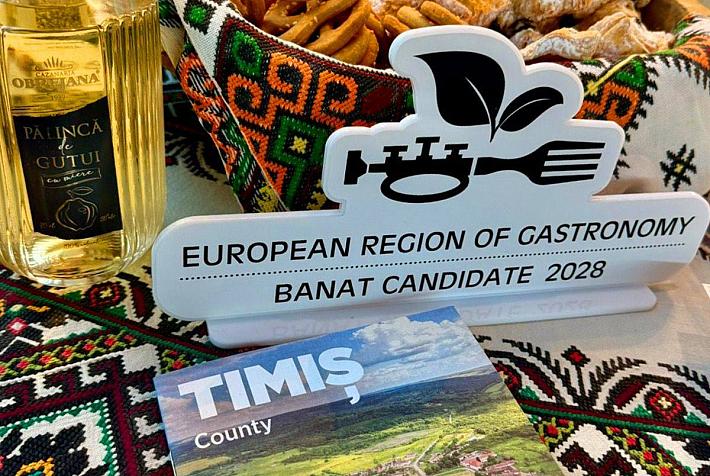Project to protect Letea Forest and local half-wild horse herd in the Danube Delta

 The Danube Delta Biosphere Reserve Authority (ARBDD) intends to carry out a project aimed at protecting both the feral horses that live in the Reserve and one of Romania's oldest natural areas standing under strict protection, the Letea Forest. The stock of feral horses in the Delta stands between 2,000 and 4,000, of which locals own just about 1,000; the horse population affects the Letea woods. The younger generation of forest vegetation can no longer form because of the uncontrolled access of the horses to the woods.
The Danube Delta Biosphere Reserve Authority (ARBDD) intends to carry out a project aimed at protecting both the feral horses that live in the Reserve and one of Romania's oldest natural areas standing under strict protection, the Letea Forest. The stock of feral horses in the Delta stands between 2,000 and 4,000, of which locals own just about 1,000; the horse population affects the Letea woods. The younger generation of forest vegetation can no longer form because of the uncontrolled access of the horses to the woods.
The project would consist in creating an area out of the forest, but providing similar living conditions, actually a sort of wide enclosure horses should not be able to get out of and where visitors could see them. According to ARBDD, the Romanian Academy declared the Letea Forest a protected area in 1938, this being the second reserve in Romania after the Retezat Mountains.
Letea is characterized by abundant climbing vegetation that hangs on trees, giving an appearance of a tropical forest; the rare species of plants, animals and insects that can be found represent an additional attraction for tourists in this area.
AGERPRES












